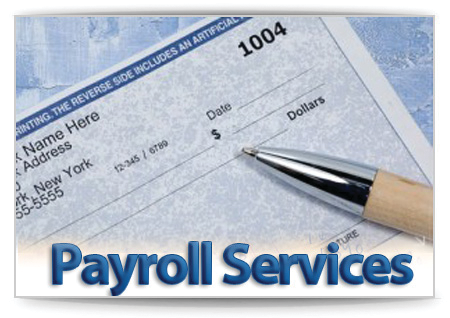Payroll
Setting Up Payroll for Your Clients
As you bring on new clients, one of the first things you will need to do is help them set up their payroll systems and processes. This is especially important for clients that may have new businesses themselves, as well as anytime you or your ...
Jul. 07, 2015

As you bring on new clients, one of the first things you will need to do is help them set up their payroll systems and processes. This is especially important for clients that may have new businesses themselves, as well as anytime you or your existing clients migrate to a new software or system. While setting up payroll may seem like a rather intuitive task, setting it up properly may not always be.
One of the first things you will want to do is make your clients aware of all the local and state payroll laws that will impact their businesses. Each state may have different laws and regulations that govern how payroll should be set up. If your client operates in several states, they need to follow the rules for each state. It’s important that your clients are aware of the required information to process payroll and taxes so they can provide it to you in a timely fashion. Ensuring you’re both aware of the requirements up front will save you from missed deadlines and other headaches later down the line.
As you’re reviewing the payroll laws with your clients, be sure to have them request an employer identification number from the IRS if they do not already have one. They will need this number whenever they need to identify their business, but especially for tax and payroll purposes. The EIN number will appear on any W-2 or 1099 forms they issue.
Consult with your clients about the nature of their business to help them determine the best frequency for their pay periods – monthly, semi-monthly (i.e. the 1st and 15th of every month), bi-weekly or weekly. There are pros and cons to each schedule, but the important thing is to find the one that will work best for their business. A few of the things to consider are the impact on employee morale and how the payroll schedule will affect automation. In general, employees tend to prefer getting paid more frequently, so a weekly or bi-weekly schedule may be looked upon more favorably than a monthly one. Also, having payroll fall on the same day of the week every time (i.e. every other Thursday or every Friday) makes it easier to automate payroll processes and for those involved to stay on schedule. Monthly and bi-monthly payrolls tend to change with each month and can be a little harder to automate. Even if you are on a bi-monthly schedule, the 15th of the month won’t always fall on a weekday.
Another important step is to detail the onboarding process for new hires. What will be the process for getting them into the payroll system? Will they be added as they are hired or whenever payroll tasks are regularly scheduled to run? When there is already a system in place, it makes it easier to add new employees to the payroll system as your clients experience personnel changes. If your client has been in business long enough to already have workers and payroll established, take this time to review paperwork for each full-time, part-time and contract worker. Ensure the proper state and federal forms have been filled out completely and accurately.
Lastly, be sure to factor bonuses into your clients’ short-term and long-term plans. Consider when and how you will pay out any bonuses, as well as the eligibility requirements. These will need to be processed through payroll just like wages and those that will be responsible for processing will need to be aware of responsibilities and deadlines.
While setting up payroll is usually done whenever you acquire a new client, it should also be done anytime you or your clients switch software or systems. When this happens, make sure you schedule time to discuss the necessary steps and actions with your clients, as well as ensure their payroll is set up properly and the necessary data transferred over. As with anything, glitches can and will happen. Be prepared to troubleshoot if the transition doesn’t go smoothly.
Payroll Accountant’s Checklist for July
- Ensure that all monthly, quarterly and annual balances are accumulating properly; pay attention to any adjustments.
- File Form 941 for the second quarter with the IRS by July 31 (or the next business day, if July 31 is a nonbusiness day)
- Educate clients on state and federal requirements for new hire reporting.
- Remind clients about employee classification requirements.
- Review and update your payroll pricing strategy (bundling services, subscription pricing, a la carte pricing, etc.).
